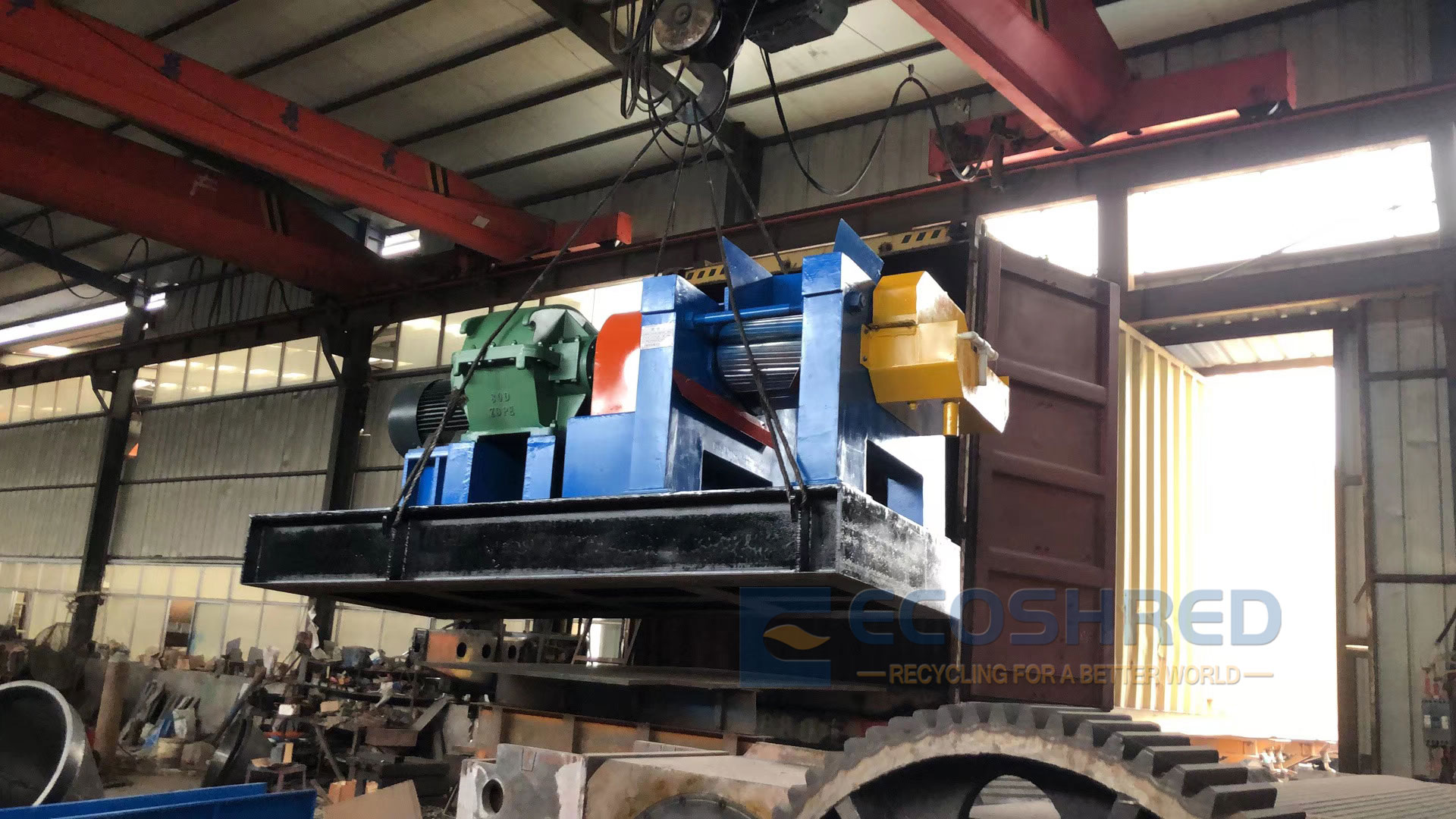Have you ever wondered what happens to old tires when they’re no longer safe for the road? Instead of piling up in landfills, many of them are given a second life as rubber tiles—a product that combines sustainability, safety, and innovation. These tiles aren’t just a recycling success story; they’re a testament to how creativity and technology can turn waste into something truly valuable. Let’s dive into how these tiles are made and why they’re making a difference in our world.
The Journey Begins: Shredding and Cleaning
The transformation starts with a tire recycling machine, which takes discarded tires and shreds them into small pieces called rubber crumbs. These crumbs typically range from 1mm to 4mm in size, and their size plays a critical role in determining the texture and performance of the final product. For instance, smaller crumbs (1mm-2mm) create smooth, fine-textured tiles ideal for playgrounds, while larger crumbs (up to 4mm) are better suited for rugged surfaces like outdoor walkways.
But shredding is just the first step. The rubber crumbs are then thoroughly cleaned to remove any impurities, such as dirt, metal fibers, or other debris. This cleaning process ensures the final product is safe, durable, and ready for its next stage of transformation.
Pressing and Molding: Turning Crumbs into Tiles
Once cleaned, the rubber crumbs are fed into a rubber tile pressing machine. This machine uses a combination of heat and pressure to mold the crumbs into tiles of various shapes, sizes, and thicknesses. It’s fascinating to watch—what was once a pile of shredded rubber becomes a uniform, functional tile ready for use.
The pressing process is where the magic really happens. By carefully controlling the temperature and pressure, manufacturers can create tiles with specific properties, such as enhanced shock absorption or increased durability. This level of customization is one reason why rubber tiles are so versatile.
Vulcanization: The Secret to Durability
To make the tiles even stronger, they undergo a process called vulcanization. In this step, a vulcanization machine heats the tiles at high temperatures, causing the rubber molecules to bond more tightly. This not only improves the tiles’ strength but also makes them resistant to wear and tear, UV rays, and extreme weather conditions.
Vulcanization is what gives rubber tiles their “superpowers.” Whether they’re installed in a sunny playground, a busy gym, or a rainy outdoor patio, these tiles are built to withstand heavy use and harsh environments.
Where Rubber Tiles Shine
The applications of rubber tiles are as diverse as they are impressive. Here are just a few examples:
Playgrounds: Rubber tiles provide a soft, cushioned surface that reduces the risk of injuries while children play.
Gyms: Their excellent shock absorption makes them ideal for protecting athletes during high-impact workouts.
Outdoor Spaces: From patios to walkways, rubber tiles offer a durable, slip-resistant surface that looks great and lasts for years.
What’s truly remarkable is how these tiles bring together functionality and sustainability. By repurposing old tires, we’re not only reducing waste but also creating products that enhance our daily lives.
A Sustainable Future, One Tile at a Time
Rubber tiles are more than just a practical solution—they’re a symbol of what’s possible when we rethink waste. By using tire recycling machines, rubber tile pressing machines, and vulcanization machines, we’re turning a global waste problem into an opportunity for innovation. Every rubber tile represents a step toward a more sustainable future.
So, the next time you see a playground or walk on a rubber-tiled surface, take a moment to appreciate the journey behind it. From discarded tires to vibrant, functional tiles, it’s a story of creativity, technology, and a commitment to sustainability.
Key Takeaways:
Rubber tiles are made from recycled tires, offering a sustainable alternative to traditional materials.
The production process involves shredding, cleaning, pressing, and vulcanization, each step playing a crucial role in the final product’s quality.
These tiles are versatile, durable, and eco-friendly, making them ideal for playgrounds, gyms, and outdoor spaces.
Why It Matters:
Rubber tiles are a perfect example of how innovation can turn waste into something valuable. By choosing products like these, we’re not only improving our surroundings but also contributing to a healthier planet.
Ready to Make a Difference?
If you’re inspired by the potential of rubber tiles and want to learn more about how they can be used in your projects, contact us today. Let’s work together to create a safer, more sustainable world—one tile at a time.

